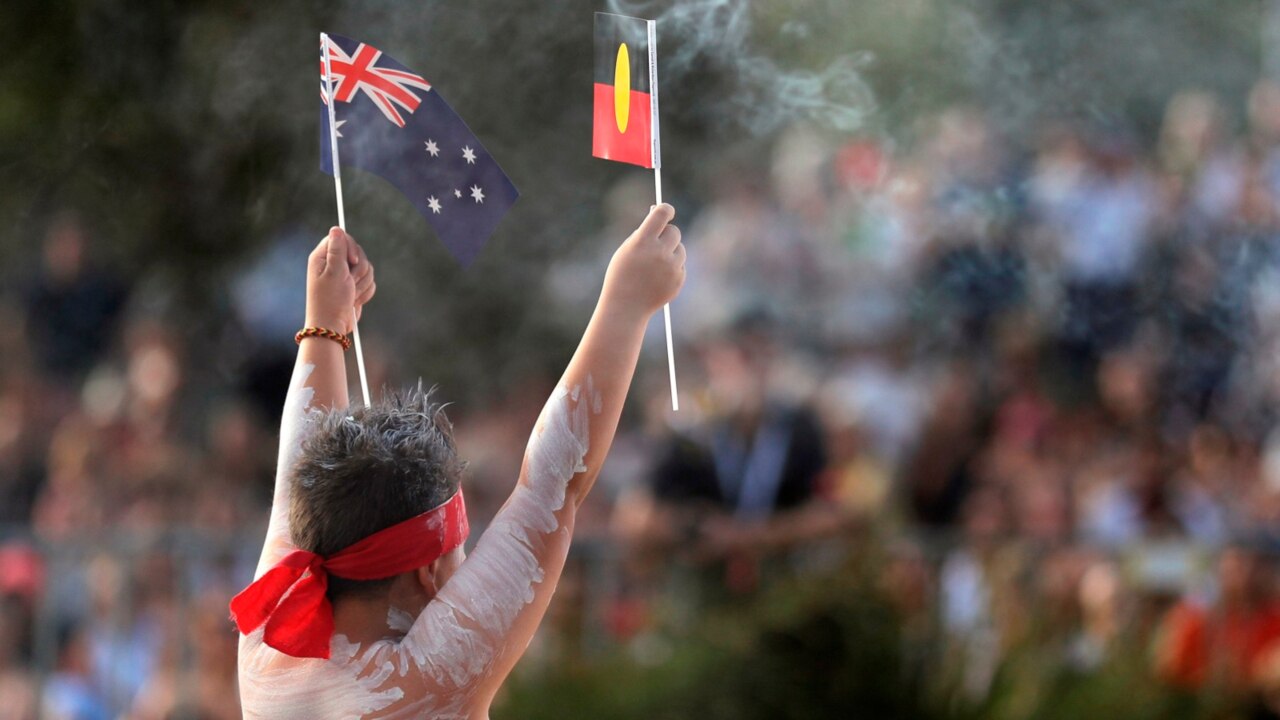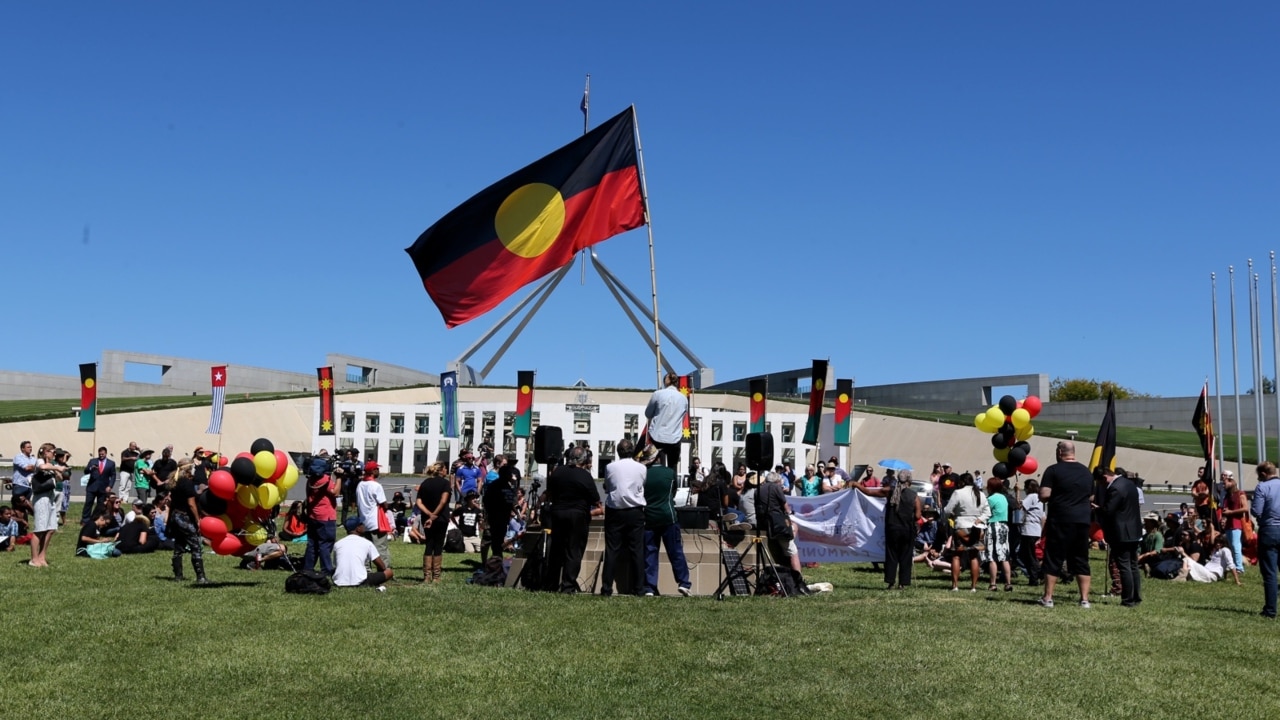Voice’s ‘elegant compromise’ has addressed fears

A constitutional voice is the first proposed constitutional amendment, probably in Australian history, to arise from collaboration between ambitious reformers and constitutional conservatives dedicated to preserving the Constitution. Doesn’t that warrant goodwill engagement to perfect the execution of the elegant compromise forged?
In 2014, Indigenous leaders devised with constitutional conservatives an alternative to the racial non-discrimination guarantee proposed by the Expert Panel on Constitutional Recognition of Indigenous Australians in 2012, which was denounced by right-wingers as a “one-clause bill of rights” that would empower unelected judges to invalidate parliament’s laws. Indigenous leaders sought to address conservative concerns, while also achieving substantive and empowering change to improve practical outcomes in Indigenous affairs.
They found an elegant compromise. Instead of empowering the High Court to overturn laws deemed unjust by judges under a racial non-discrimination guarantee, a non-justiciable constitutional amendment could empower Indigenous communities with a fairer say in laws and policies made about them. This alternative would not empower the High Court to invalidate laws. It was a political solution, rather than a litigious solution, which would improve policies and help close the gap.

Drafting agreed with constitutional conservatives such as Julian Leeser, Greg Craven and Damien Freeman was published by Professor Anne Twomey in 2015. Various iterations, including those dropping the constitutional tabling procedure in favour of succinctness, eventually gave rise to the draft amendment suggested by the Prime Minister in August.
The government’s draft amendment is modest and simple. It can be refined. But refinement must occur via constructive engagement. Janet Albrechtsen’s arguments are wanting in this respect.
Contrary to Albrechtsen’s assertions, the government’s draft creates no constitutional “right to be consulted”. Clause 2 provides the voice “may make representations” to parliament and government on matters relating to Indigenous peoples. “May” indicates representations are not compulsory. There is no requirement that the voice must be consulted before laws or policies are made, and no laws could be invalidated for non-compliance. It is not a constitutional “right to be consulted”.
If you want to see what an actual constitutional “right to be consulted” looks like, Frank Brennan proposed such an amendment earlier this year. He suggested a constitutional power to make laws with respect to “Aborigines and Torres Strait Islanders for whom it is deemed necessary to make special laws after consultation with them”.
This is a constitutional right to be consulted. It is a justiciable qualification within the conferral of law-making power to parliament. Laws enacted in contravention of consultation requirements would be ultra vires – beyond power – and could be invalidated by the High Court.

Following the same theme, barrister Louise Clegg this year suggested an amendment to give parliament power to make laws with respect to Indigenous people “after the parliament has received representations about the proposed laws from a body established by the parliament to represent” Indigenous people.
Again: this is a constitutional right to be consulted. It is a justiciable carve-out within the conferral of law-making power. Laws that, in the High Court’s view, were enacted without parliament first receiving the necessary representations could be invalidated by the High Court.
These proposals would facilitate unpredictable litigation, undermining parliamentary supremacy. They present a striking contrast to the constitutionally conservative approach of 2015, which the government’s draft amendment emulates – namely, a standalone amendment requiring parliament to establish an Indigenous advisory body to provide advice on Indigenous affairs, under laws enacted by parliament. One approach keeps parliament in charge, the other puts the courts in charge.
But here is the truly strange thing: in August in these pages, Albrechtsen praised Clegg and Brennan’s versions of a constitutional right to be consulted as more modest, while denouncing the government’s draft as too radical. Albrechtsen’s analysis is back to front and is neither accurate nor constructive.
There have been glimmers of hope, however. On January 26, Albrechtsen described a constitutional amendment “which gives the voice constitutional recognition while not compromising parliamentary sovereignty” as an “elegant compromise”, noting that she wanted parliament to retain the right to amend or abolish the voice.
Under the government’s draft amendment, future parliaments could amend the legislation establishing the voice as needed. While there would be a constitutional requirement that the voice exist, this requirement would operate through political and moral force – underscored by the endorsement of the Australian people through a referendum – rather than legal enforceability. This maintains parliamentary supremacy.
Albrechtsen’s acknowledgment of the elegant compromise – arising perhaps from an urge to heal the annual rancour highlighted each Australia Day – seemed to wane in intervening months.

Yet, as Chris Merritt wrote in these pages in 2017 before he flip-flopped, a constitutional voice “would do nothing more than provide advice to the government on proposed laws affecting the Indigenous community”.
Why should we work together to perfect and achieve the elegant compromise Indigenous people seek? Because “here’s the harsh reality”, Merritt wrote. “Our forebears took this country from the original inhabitants. We are not about to give it back. So the least we can do is oblige ourselves to listen when Indigenous people ask to be heard.”
The voice proposal has already done more than any other constitutional reform proposal to address sensible conservative concerns.
Let us continue in that spirit, by agreeing on the detail and refining the amendment in bipartisan fashion.
Shireen Morris is a constitutional lawyer and director of the Radical Centre Reform Lab at Macquarie University Law School.







“No constitutional reform proposal has done more to address the concerns of conservative opponents than the proposal for a constitutionally guaranteed Indigenous voice.” These words were uttered by a senior Liberal at a dinner earlier this year. The observation was correct.